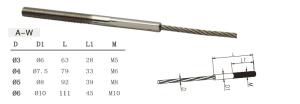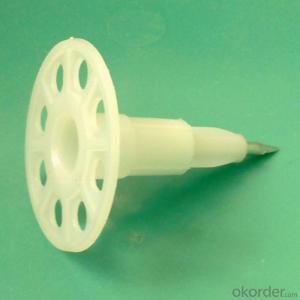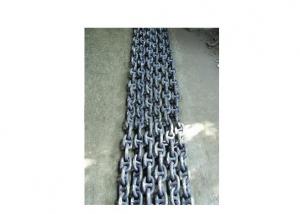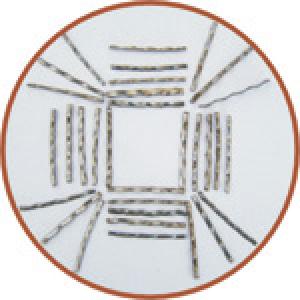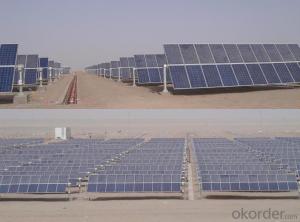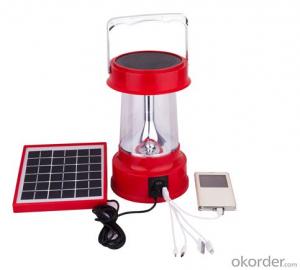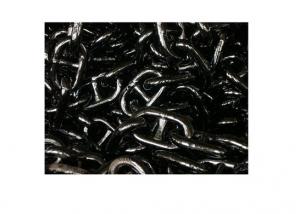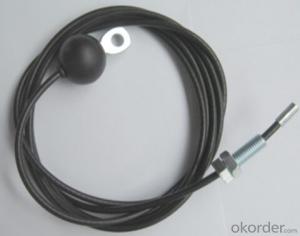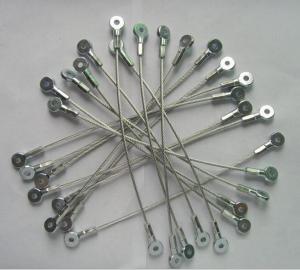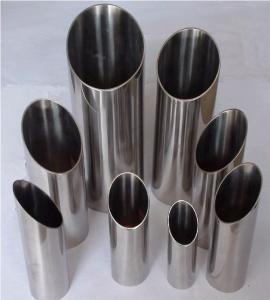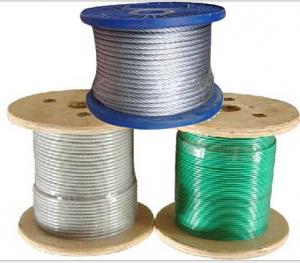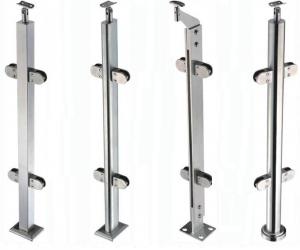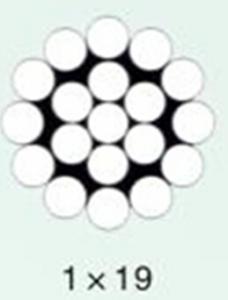Anchor Solar Inverter
Anchor Solar Inverter Related Searches
Anern Solar Inverter Solar Solar Inverter Sunpower Solar Inverter Solar Ac Inverter Enphase Solar Inverter Sun Solar Inverter Solar Converter Inverter Solar Charge Inverter Sunshine Solar Inverter Solar Power Ac Inverter Solar Based Inverter Smart Solar Inverter Suntech Solar Inverter Battery Solar Inverter Inverter Solar Inverter For Solar Solar Light Inverter Portable Solar Inverter Solar Battery Inverter Bipolar Solar Inverter Power Solar Inverter Solar Smart Inverter Ac Inverter Solar Solar Energy Inverter Afore Solar Inverter Solar Powered Inverter Solar Rechargeable Inverter Solar Ark Inverter Advanced Energy Solar Inverter Sunways Solar InverterAnchor Solar Inverter Supplier & Manufacturer from China
Anchor Solar Inverter is a high-quality product designed to efficiently convert solar energy into usable electricity for various applications. These inverters play a crucial role in harnessing the power of the sun and making it accessible for residential, commercial, and industrial purposes. They are engineered to provide reliable and consistent performance, ensuring that the solar energy system operates at its optimal capacity.The Anchor Solar Inverter is widely used in different scenarios, such as powering homes, businesses, and even off-grid applications like streetlights and remote communication systems. Its versatility and efficiency make it an ideal choice for those looking to harness the power of renewable energy sources. The inverter's ability to convert direct current (DC) from solar panels into alternating current (AC) allows for seamless integration with the existing electrical grid or standalone power systems.
Okorder.com is a reputable wholesale supplier of Anchor Solar Inverter, boasting a large inventory of this product to cater to the growing demand for sustainable energy solutions. By offering a wide range of options, Okorder.com ensures that customers can find the perfect inverter to meet their specific energy needs, whether it's for a small residential setup or a large-scale commercial project. With their extensive stock and commitment to quality, Okorder.com stands as a trusted source for Anchor Solar Inverters.
Hot Products
